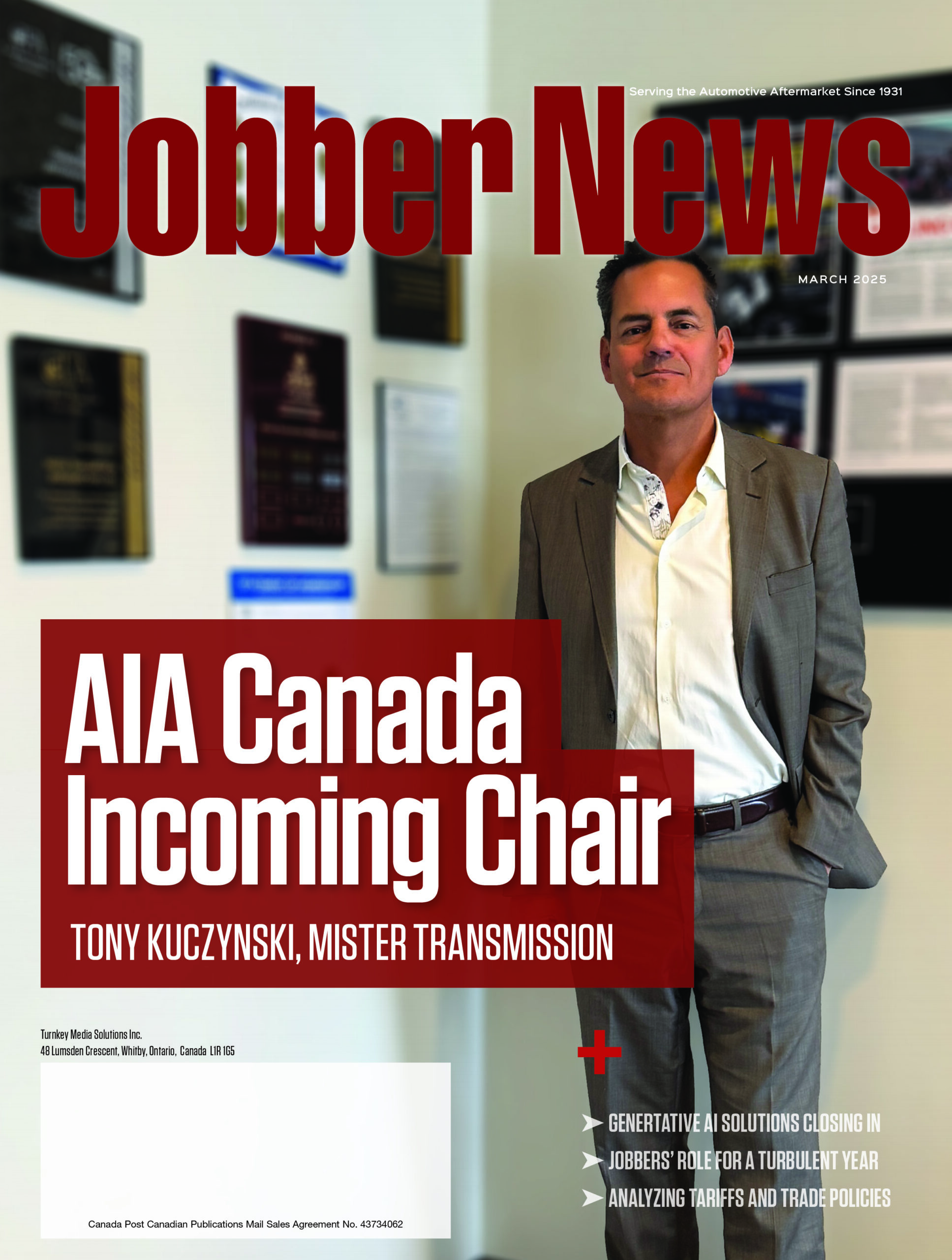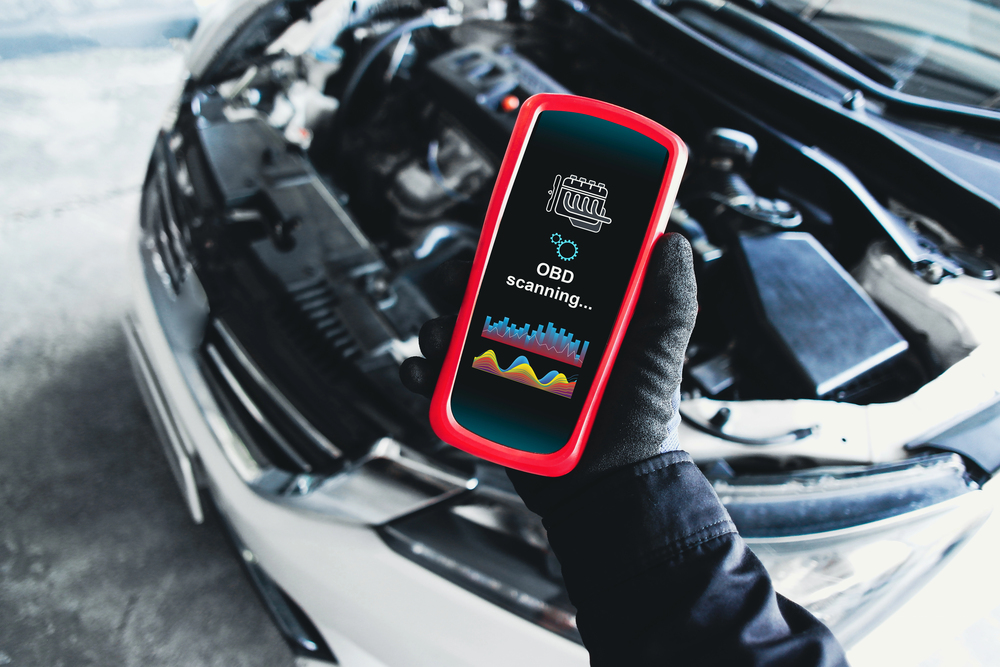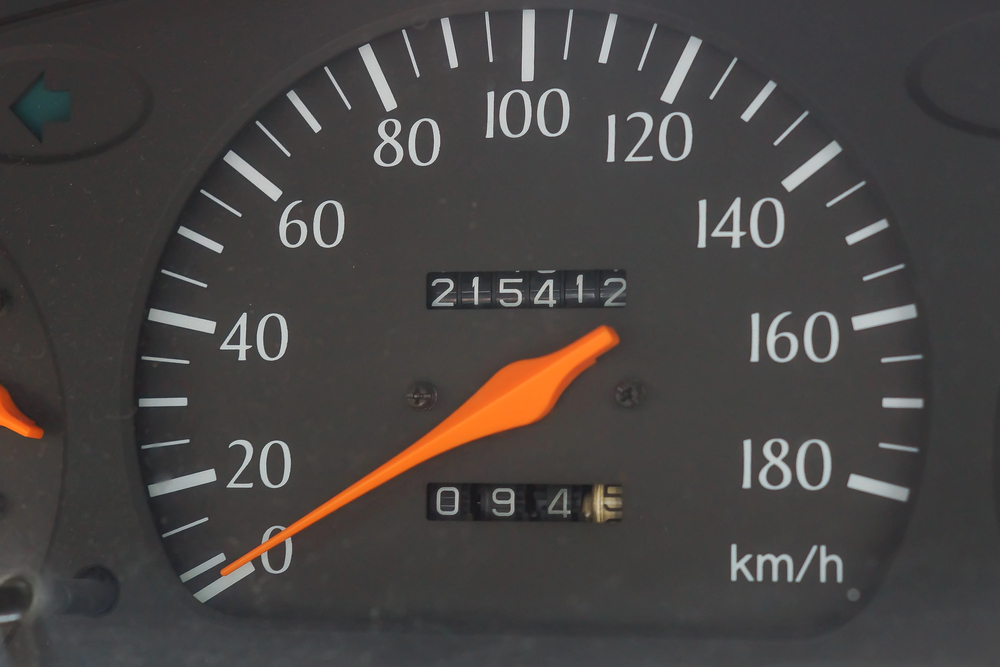As allergy season approaches, the automotive service industry is being reminded that properly functioning cabin air filters can keep allergy sufferers more comfortable.
People who suffer from asthma or allergies to pollen, dust or mould may see their symptoms worsen from time to time when they are riding in vehicles with the windows rolled down and a stream of fresh outdoor air blowing in their face. Under these driving conditions, even those men, women and children who are asthma or allergy free may experience physical discomfort of some kind, such as itchy, watery eyes, a runny nose or a slight irritation in the throat that causes one to cough.
What brings on such discomfort? Riding through the vehicle’s open windows and on the coattails of that pleasant outdoor breeze are unwanted, tiny, harmful visitors – pollen, mould and various kinds of particulate matter (PM) that can irritate the eyes, the nose and throat passages. Particulate matter from tire wear, diesel exhaust, dirt, dust, soot and other outdoor sources are especially aggravating to asthma and allergies sufferers. According to the Asthma and Allergy Foundation of America (www.aafa.org), 60 million Americans (one in five) suffer from asthma and seasonal allergies, and the numbers are increasing.
“As you can probably guess, there is a solution for keeping pollen, moulds and particulate matter at bay while driving,” says Ramon Nuñez, spokesperson for Purolator a leading supplier of automotive filters to the aftermarket in North America. “Simply roll up the windows and rely on your vehicle’s cabin air filter to do its job of trapping pollen, mould and particulate matter before they reach you through the air conditioning and heating ventilation systems. Yes, the solution to protecting yourself and your passengers from the irritating effects of pollen, mould and particulate matter is simple enough, but it also requires changing the cabin air filter at regular intervals,” he says.
Nuñez suggests replacing dirty cabin air filters, which become ineffective when full of particles, with high quality replacement filters. “It’s a good idea to replace dirty air cabin filters around every 12 months or 12,000 to 18,000 miles [20k to 30k km] as part of regular vehicle maintenance, says Nuñez.
Coarse particulate matter is classified as PM10, and includes particles smaller than 10 microns in diameter. Fine particulate matter is classified as PM2.5, and includes particles equal to or less than 2.5 microns in diameter. Health professionals have long associated PM pollution with a variety of health problems, such as asthma and other respiratory problems, infections, lung cancer and other severe ailments. “Clean cabin air filters that greatly reduce contact with PM while driving can help make a difference in your quality of life,” says Nuñez.
Around the industry, automotive service technicians and parts suppliers identify cabin air filters by a variety of names, including pollen filter, air-conditioning filter, passenger compartment filter, interior ventilation filter and dust filter. Most cabin air filters are easily changed in about 12 minutes or so, depending on the vehicle’s design.
To learn more about Purolator filters and the filtration category, please visit www.purolatorautofilters.net
Click to www.autoserviceworld.com for more news.












Leave a Reply